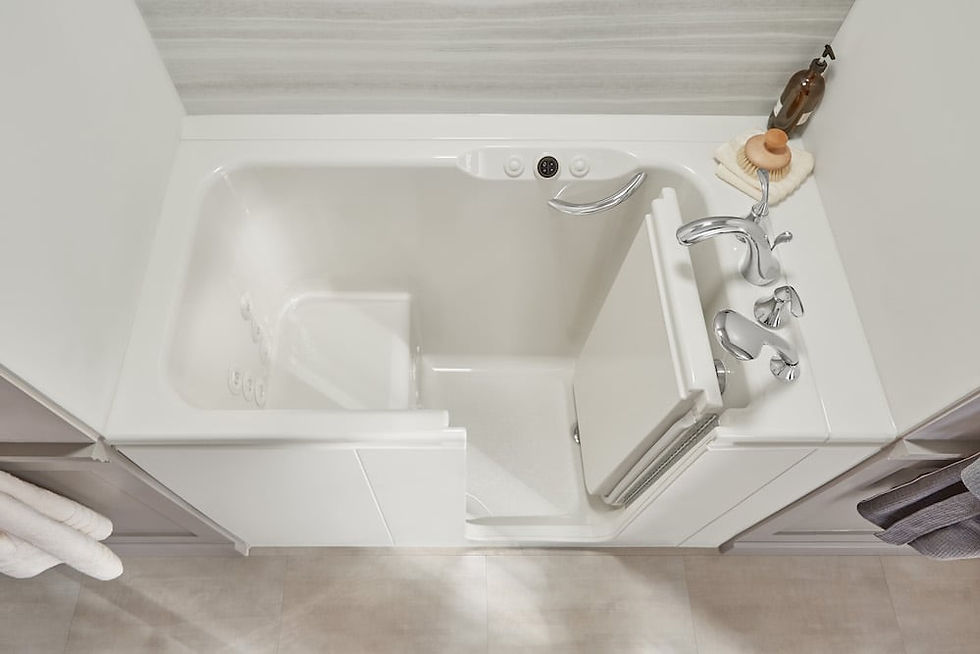Aging-in-Place: What it Means for You and Your Home
- Melesh Construction Dallas
- Jul 14, 2021
- 3 min read
Updated: Jul 26, 2021
As we age, important decisions about finances, assets, and lifestyle become important in obtaining peace of mind about the future.

Your biggest investment.
One of the largest investments many make in their lifetime is purchasing a home. When it comes to deciding where you will spend your retirement and advancing age, there can be many considerations for your health, wealth and happiness.
According to a study by AARP, 3 out of 4 adults age 50 and over want to stay in their homes and communities if possible. While only 46% think remaining in their home is possible. Often times traditionally built homes need modifications to accommodate needs of aging adults. These renovations can seem intimidating and expensive, leaving many adults feeling as if they have no choice but to sell and move into a community more suited to their needs.
Knowing your options.
While the option to move into a retirement community or assisted living facility is always a viable and realistic option for some, taking on a renovation can give you the best of both remaining in your home and accommodating changing needs as we age. Renovations can seem intimidating, but often the biggest hurdle is figuring out where to start.
Figuring out priorities.
Growing older means our movements slow and balance becomes a challenge, contributing to the risk of a dangerous fall. According to Eriksen & Engelhardt, 3 million Americans over the age of 65 are treated for falls every year, requiring 800,000 hospitalizations at an average of $33,000.00 per stay.
The primary location behind a majority of those falls is the bathroom. The obvious culprit? Water. Slippery surfaces and reduced balance make a dangerous combination. Several inexpensive solutions include adding a shower chair, changing to a removable shower head, and installing grab bars in the shower and near the toilet to assist with transitions. Changing out and leveling flooring throughout the home, and removing trip hazards like rugs can also assist in reducing the risk of falling.
Two-story homes present a different potential safety issue: stairs. Although you can always downsize to a one-story home, there are solutions to mitigating the risk of tripping or falling on the staircase. Stair-lifts, or sitting chair lifts can be a good work around for individuals with mobility issues or who are aging-in-place.
Of course, there can be other challenges that need addressing to remain in your home. But the primary focus of these renovations should always revolve around safety first, with comfortability to follow.
Exploring your options
If you, like many other Americans desire to age-in-place and remain in your current house and community, home modification and renovation are available options to achieving this goal. It is important to take time to identify and anticipate your current and future needs, and consult with a professional to determine the scope and budget for your renovation project. While some projects are DIY friendly, others will require the help of an experienced professional. Bring in trusted family and friends to help you talk through all your options, and come to the right solution for you!
Binette, Joanne and Kerri Vasold. 2018 Home and Community Preferences: A National Survey of Adults Age 18-Plus. Washington, DC: AARP Research, August 2018. https://doi.org/10.26419/res.00231.001
Eriksen, Michael D. & Greenhalgh-Stanley, Nadia & Engelhardt, Gary V., 2015. "Home safety, accessibility, and elderly health: Evidence from falls," Journal of Urban Economics, Elsevier, vol. 87(C), pages 14-24.




Comments